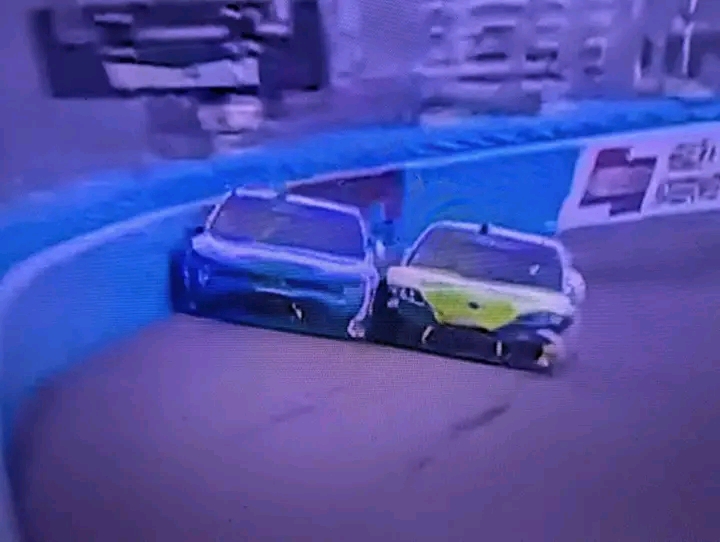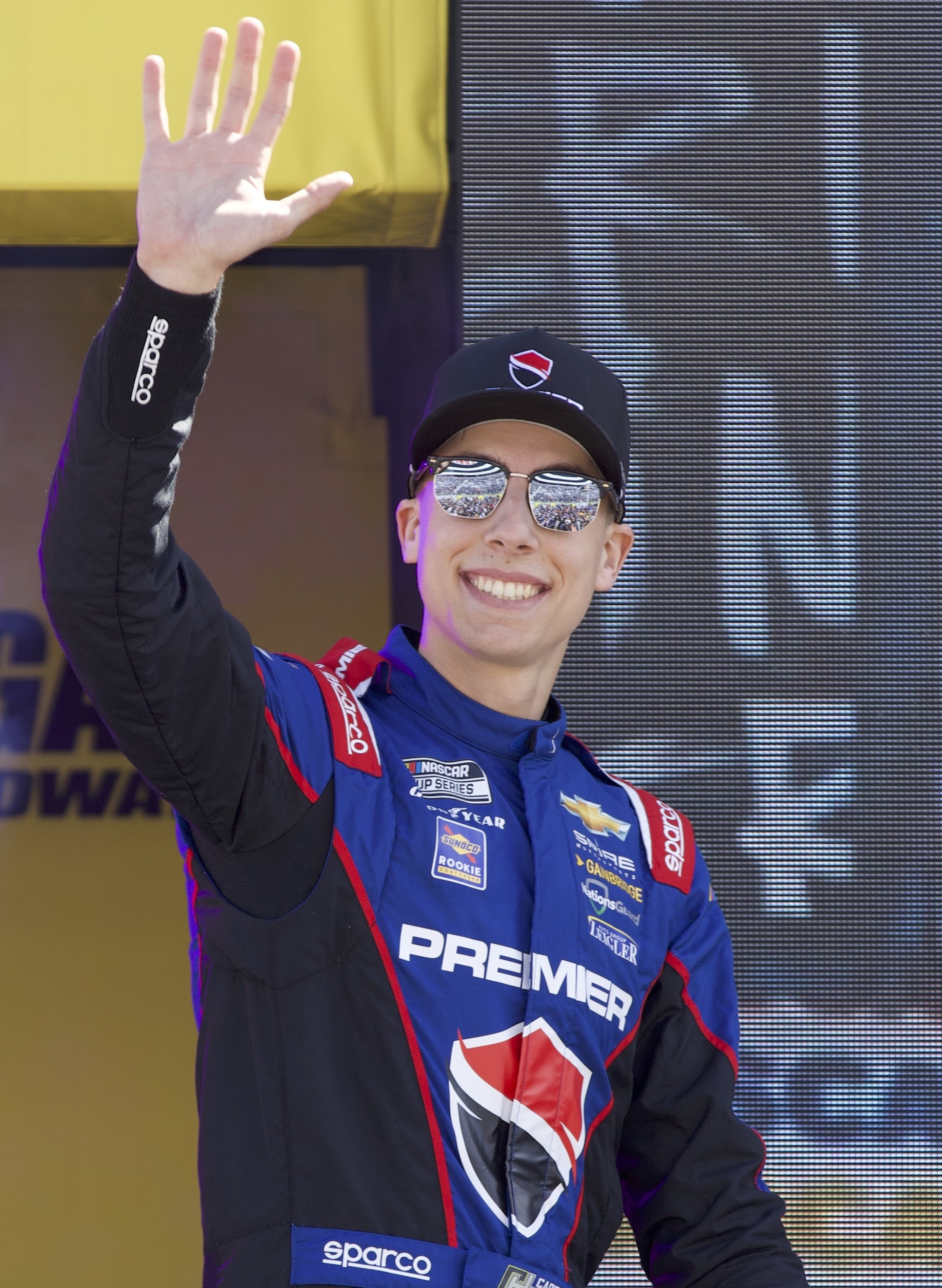The Bristol Motor Speedway race is a highlight for NASCAR Cup Series fans, celebrated for its fierce competition and heart-pounding action. Earlier this year, the spring race delivered exactly that, with extreme tire wear adding an extra layer of challenge for even the most seasoned drivers. NASCAR had to issue extra sets of tires mid-race, creating a dramatic twist that allowed Denny Hamlin to skillfully manage his tires and secure a well-earned victory. It was a thrilling event that had fans buzzing.
However, the recent Bristol eliminator race took a different turn, shifting from edge-of-your-seat action to a one-man show dominated by Kyle Larson. Leading a staggering 462 of the 500 laps, Larson broke the record for the most laps led by a Hendrick Motorsports driver. While this was a cause for celebration within Larson’s camp, fans were left wanting more. In stark contrast to the spring race’s 54 lead changes, this race only saw eight. The lack of competitive lead changes, coupled with Larson’s dominance, raised concerns about the state of NASCAR’s short-track racing, with even Dale Earnhardt Jr. expressing doubts.
Once Kyle Larson took the lead on lap 38, no one could catch him. The issue wasn’t just Larson’s incredible performance but the broader problem of how difficult it was for cars to pass each other on the track. Those who got ahead early stayed ahead, while those who fell behind, like Martin Truex Jr. (MTJ), found it nearly impossible to recover. Truex, who started in 4th, finished strong in the first two stages, coming in 4th in stage one and 2nd in stage two. However, a speeding penalty during a pit stop pushed him back to 24th, and he never managed to climb out of that hole. His car, shockingly, couldn’t even pass the slower backmarkers. His playoff hopes were dashed, which was a major blow to fans rooting for the veteran driver in what could be his final season.
The frustrations with this race weren’t limited to the fans. NASCAR journalist Jeff Gluck didn’t hold back, calling it a “total letdown.” Fans had been eagerly anticipating a nail-biter, but instead, they got a race where overtaking seemed nearly impossible. Dale Earnhardt Jr. echoed Gluck’s sentiments on his Dale Jr. Download podcast, saying, “This cannot be okay.” Earnhardt expressed confidence that NASCAR was aware of the issue but warned that without a solution, short-track racing could be in serious trouble. He even suggested that in a few years, iconic tracks like Martinsville and Bristol might struggle to remain relevant unless changes are made.
The problems with NASCAR’s short-track package aren’t new. Since the introduction of the next-gen car, there’s been a noticeable decline in the competitiveness of short-track racing. At the 2022 Bristol race, for instance, only three drivers led a combined 430 laps. The same trend continued into 2023, with three drivers leading 431 laps out of 500. This isn’t limited to Bristol either. The first Richmond race of 2023 saw just two drivers leading 372 out of 400 laps, and the second Richmond race wasn’t much better. Even the excitement from Austin Dillon wrecking Joey Logano was short-lived, as only three drivers led 339 of the 400 laps.
Dale Earnhardt Jr. has been vocal about this growing problem. He’s warned that short tracks are losing their appeal and that NASCAR needs to act fast to fix the situation. The pressure on NASCAR is mounting, as fans and drivers alike are questioning the current state of short-track racing.
The stark difference between the two Bristol races this year has even left NASCAR officials scratching their heads. After the spring race, it seemed like they had nailed the short-track package, but Kyle Larson’s recent domination and the struggles of veterans like Truex and Brad Keselowski to gain track positions have thrown NASCAR back to square one. NASCAR’s Senior Vice President of Competition, Elton Sawyer, discussed the issue on SiriusXM NASCAR radio, pointing out that one of the major problems was the lack of tire wear. Without proper tire degradation, it became too easy for cars to maintain their positions, and overtaking was nearly impossible.
Sawyer promised that NASCAR would dig into the issue, meeting with Goodyear to discuss what went wrong. “Obviously, we were disappointed as a company for our fans,” Sawyer said. He acknowledged that NASCAR needs to learn from this race and make corrections moving forward to ensure that the racing product lives up to fans’ expectations.
In the end, NASCAR knows they need to address these issues quickly. The Bristol race highlighted the challenges facing short-track racing, and the pressure is on to find a solution that restores the excitement and competitiveness that fans have come to expect from these iconic events.




